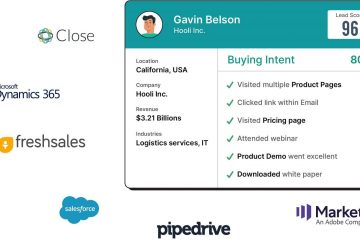Ideal Customer Profile (ICP) for Sales: How Can Marketers Help?
The concept of profiling people has been around for a long time. Developed by internal security agencies, profiling helped them identify and target people who had the maximum potential in carrying out activities considered a threat to the internal security of a nation. While that does not sound very wholesome, profiling in marketing benefits both the seller and the consumer.
Marketers who were introduced to profiling in the early 1980s were fascinated by the potential profiling had in marketing applications. However, it wasn’t feasible to employ this tactic as the consumer bases were too big and widespread. It took a few decades and long strides in technological progress for profiling to become a viable option for the marketing industry.
Automation, AI, Big Data, and widespread adoption of the internet and online services are what made profiling possible for larger consumer bases. Now that the internet had made physical distance irrelevant and given companies a direct line of contact with the consumers in the market, applications of profiling began developing swiftly.
One such derivative of Profiling is Ideal Customer Profiling (ICP). ICP enables a business to make rapid gains in terms of identifying high-value leads and converting them while conserving the limited resources at the business’ disposal. Let us learn more about it.
What does ICP mean?
An Ideal Customer Profile is a profile of a potential customer displaying attributes that imply that their business stands to gain a lot from the value you’re offering to them via various services. To put it simply, this prospect is likely to buy from you.
The important point here is that the services you’re offering to this ideal customer need to maximize benefits gained to his business which in turn will lead to them reciprocating and compensating you well for the value you’re provided them with.
Providing services to such customers is mutually beneficial as they’re able to make most of your services which in turn raises your bottom lines. This ensures stable growth for your business while minimizing wastage of resources for everyone.
Consider this; traditional marketing is similar to John Rambo going in on a target with guns blazing and bombs exploding. He sure does take out the target but justifying the costs of funding Rambo’s mayhem for taking out one target isn’t possible.
That’s where ICP comes in. Creating an ICP audience is like employing a clinical hitman whose weapon of choice is a sniper rifle. You target people who share common traits with your customers, and they would be likely to buy.
Sales and Marketing alignment are critical for business growth, and creating ICPs help in qualifying leads better and providing sales teams leads they would love closing. Businesses who achieve this show almost 40% higher sales and customer retention.
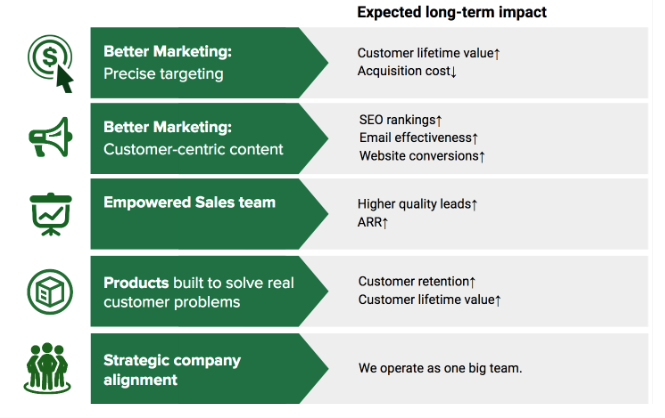
Image Source: max2c.com
Creating an Ideal Customer Profile
Many marketing experts have outlined elaborate methodologies to formulate an ICP. However, those consume time and are tricky to follow. Plus, ICPs are exclusive to your company or your type of product/service. For example, the ICP for Pepsi and Coca-Cola will probably be similar. Let’s take a look at a simple-to-follow and impactful 3-step process that will help you create an effective ICP.
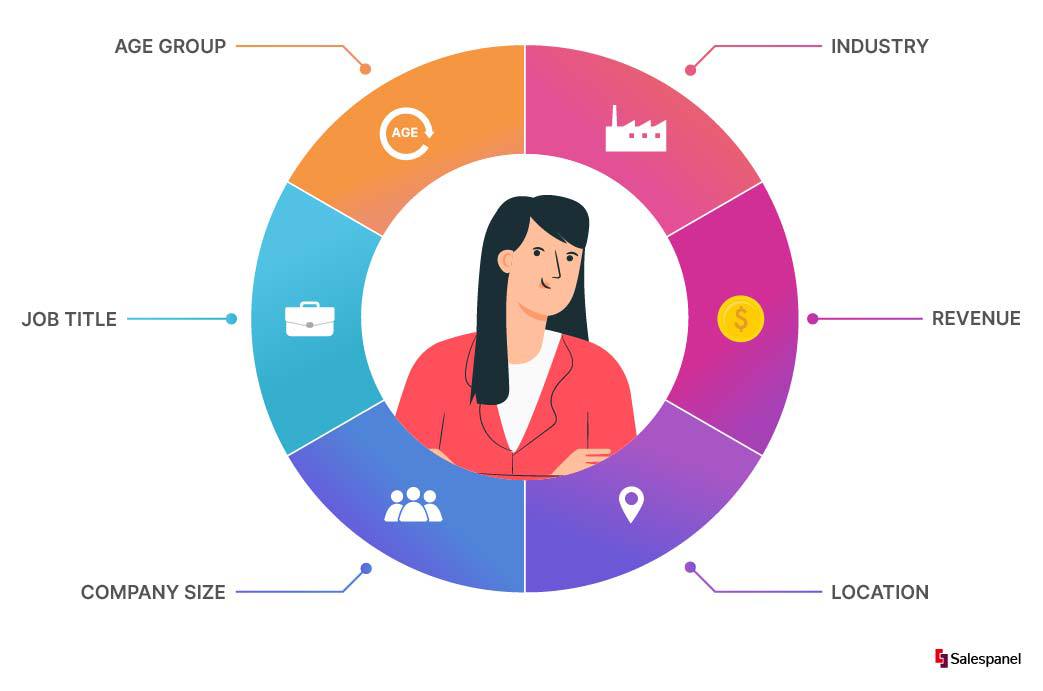
1. Listing and analyzing your top customers – Who are your top customers? They can be the ones that you love serving, the ones that have been using your product for longer periods, ones that buy higher-tier plans, ones that benefit the most from your product. Revenue, positive feedback, reorder frequency, etc., are parameters you may choose to filter out top customers. Once you’ve listed them out, the next step involves analyzing the various attributes of these top customers. Your services are benefiting them more than your other customers; there are bound to be quantifiable factors causing this. What you need to do is identify and flag these factors.
2. Identifying Common Attributes – Once all the factors that got customers to buy are known, you have to compare all of those to identify which factors are common across the board. This will give you a clearer idea of factors that are responsible for your customers gaining maximum benefits. What you will understand after carrying out this process is that either your customers are similar in structure or function to each other or that they face similar market dynamics, and your services are helping them better tackle those dynamics and perform better.
3. Finalizing your ICP – Now that you know the common attributes among your top customers, you can use those to create a profile that reflects your ideal customer. Following parameters are commonly used to create your ICP:
- Industry
- Geographical Location
- Firm Size (revenue, workforce, business locations, etc.)
- Job role
- Budget
- Key activities (visiting specific pages, performing specific tasks, etc.)
After completing the above process, you will have a robust ICP to help your marketing process gain efficiency.
How to match leads with your ICP and prioritize them?
Now that you know what makes a customer an ideal one, you start replicating them by using their unique attributes to find similar customers. For this, you need to integrate ICP into your lead generation funnel and weigh the leads against it to identify whether the lead qualifies as an ideal customer or not.
This usually is done using lead scoring or segmentation. Lead scoring is a process with which a certain score is assigned to each trait of the lead or action performed by them to come up with an overall score. The higher the score, the higher the quality of the lead, and the chances of you converting it into a sale will also be higher.
If you want to learn more about lead scoring, start with our 101 Guide for Lead Scoring and read other articles on qualification on our blog. We also have one of the most value-for-money lead scoring and segmentation products on the market, if this is something that interests you.
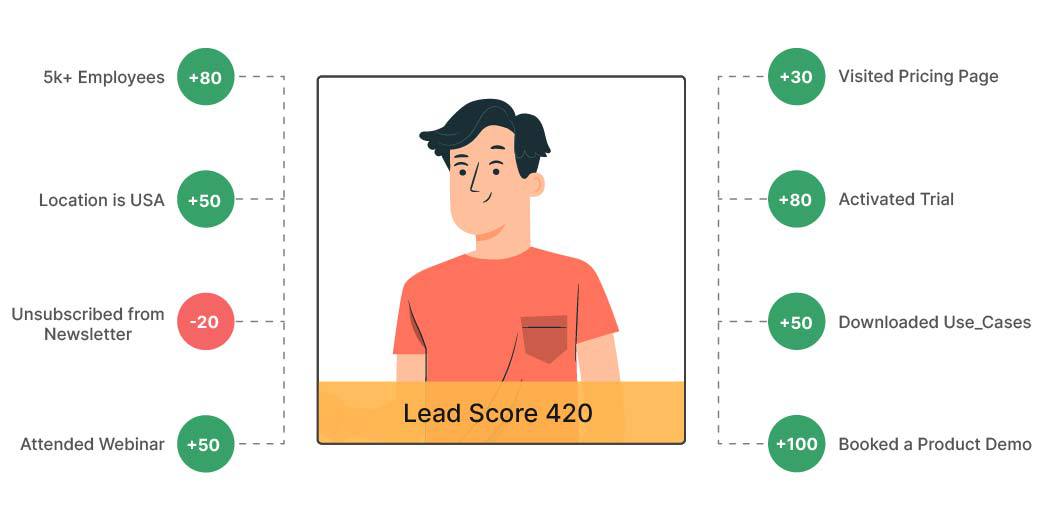
Leads are ranked from a high to a low score and given priority accordingly. Higher scoring leads are a top priority and need to be engaged immediately. The remaining leads can be followed up once all the top leads have been followed up.
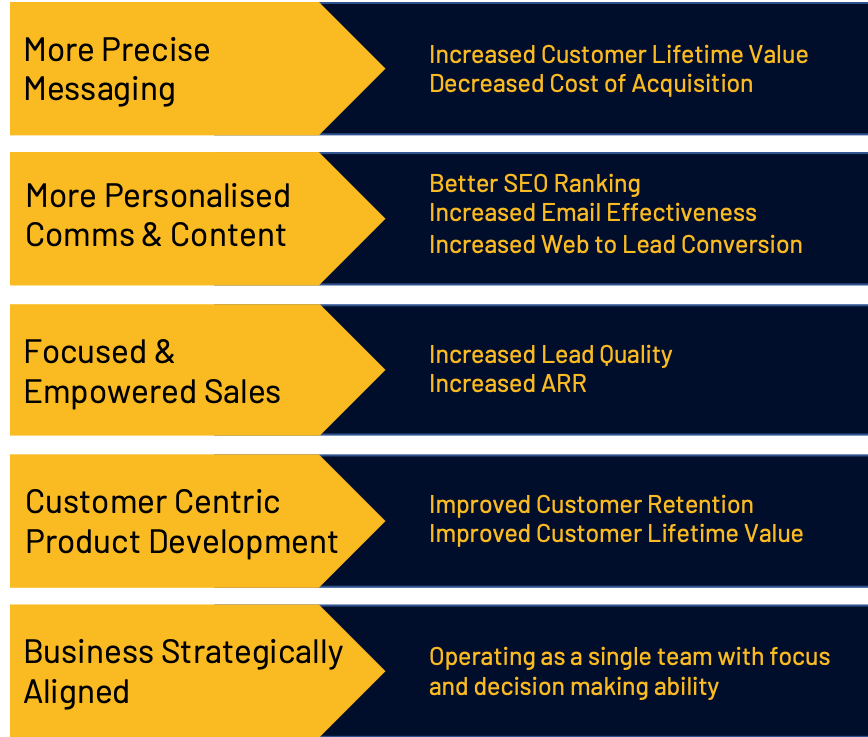
Image Source: Gripped.io
A well-formulated ICP will also enable a business to identify leads that exhibit higher Annual Contract Valve (ACV) and Lifetime Value (LTV). These leads can be prioritized further. Acquiring consumers with higher ACVs and LTVs adds significantly to the business value and financial health of a business.
How can marketing bring ICP-matching leads to sales?
Marketing successfully identifying leads who are likely to buy also means that sales reps get to properly utilize
Faster Sales Cycles –
The initial stages of any sales cycle are time and resource-intensive. Integrating ICPs in your marketing mix fixes this very issue. Knowing what type of consumer is most likely to benefit from your service helps make the lead generation function fast and effective.
Scoring these leads according to ICP attributes, which can be automated, helps qualify and prioritize leads quicker. The sales process can follow through quickly and close the deal. A faster sales cycle frees up more time to pursue other leads, which results in an efficient sales function and more sales made.
Maximizing Sales Force Utility –
Not every member of a firm’s sales force is equally capable; some are better than others when it comes to converting leads. Qualifying leads simply means that you can hand over high-ticket leads to your best reps and increase your chances of closing large deals. Also, if different sales teams work on different types of leads, you can split your leads based on their profile and assign them to respective teams.
The head of the sales team can then assign each member to follow up on specific leads. The value of a lead and ease of conversion can be used as determining factors while assigning leads to sales executives, considering their capabilities.
Consolidating Customer Retention Function –
An ICP is an important strategic document that dictates the manner in which lead generation is conducted. When combined with AI, predictive learning, and historical sales data, it becomes possible to accurately predict when an existing high-value customer will need the services you offer.
It becomes easy to convert these leads into sales as the sales team is already anticipating a consumer requirement. Being ready with a sales pitch and being the first one to pitch an offer will significantly raise the chances of closing the deal. This way, a business can consolidate its customer retention function, ensuring no loss in its market share.
Retaining an existing customer is way more cost-effective (five to twenty-five times) than acquiring a new one. Retaining existing customers adds more value to your business as the reacquisition costs are negligible. Thus, the profit margins are boosted.
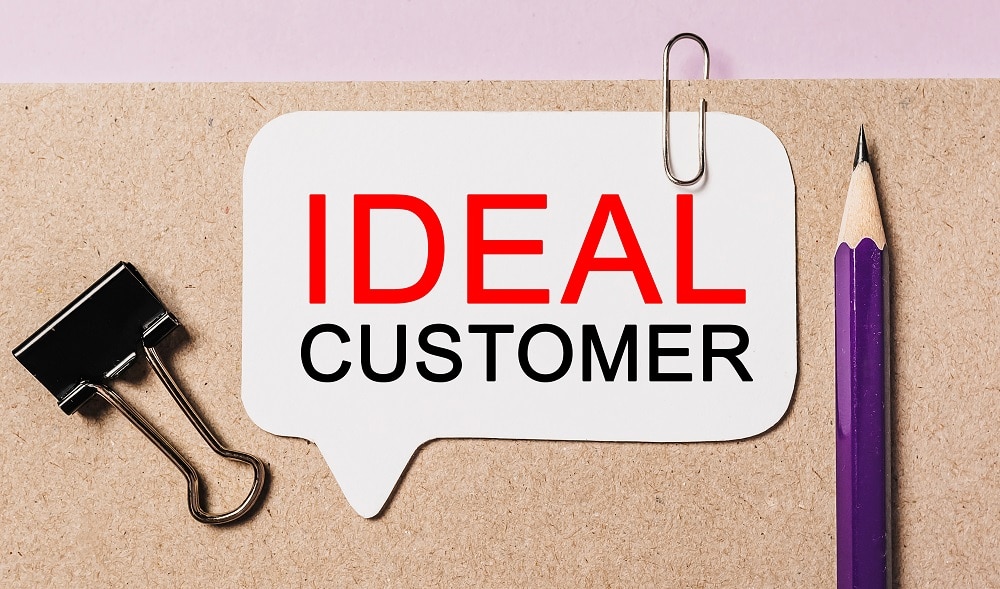
Conclusion
Creating an ICP for your business has guaranteed benefits. A lot of data and data crunching is required to formulate your ICPs, and there is no way around it. The process is time-consuming at first, but the advantages it offers far outweigh the inputs.
For ICPs to be most effective, one needs to ensure that they are drafted on the basis of the most recent and accurate data backed by facts, i.e., real connection to revenue. This also has another implication. Data is dynamic, and you will need to ensure you’re updating your ICPs at timely intervals (it does not need to be very frequent). In order to stay relevant and effective, ICPs need to be updated with any major changes or observed deviations in the data sets based on which they were drafted.
Formulating and integrating the creation of ICPs in your sales model will help both sales and marketing functions. As a result, you draw more revenue by replicating successful customers.
Sell more, understand your customers’ journey for free!
Sales and Marketing teams spend millions of dollars to bring visitors to your website. But do you track your customer’s journey? Do you know who buys and why?
Around 8% of your website traffic will sign up on your lead forms. What happens to the other 92% of your traffic? Can you identify your visiting accounts? Can you engage and retarget your qualified visitors even if they are not identified?
